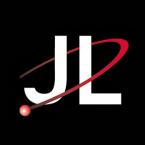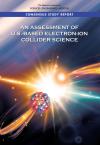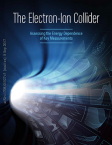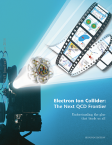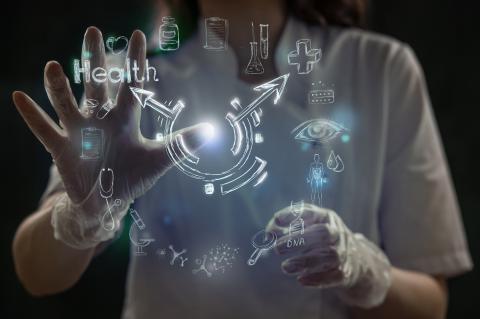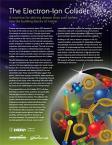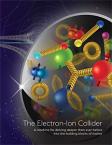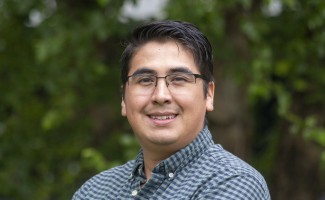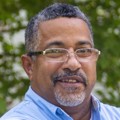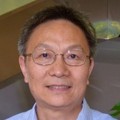Flexibility and Perseverance Pay Off for Pablo Campero Rojas in Landing, Succeeding in Engineering Role
Although his path to his current role at the Jefferson Lab was not always straightforward—and sometimes seemingly off-course—staff engineer Pablo Campero Rojas never lost sight of his goal of working as a mechatronic engineer.
After earning a degree in mechatronics, robotics and automation engineering from the Universidad del Valle in his homeland of Bolivia in 2014, Campero Rojas worked his first engineering job in a milk factory named PIL Andina, gaining valuable early-career experience. Then, he left his wife and baby daughter behind to move to the U.S. in search of employment in his field.
At first, he struggled to find work and finally settled in as an assistant to the supervisor on a construction team that was building hotels in Northern Virginia. It was there that Campero Rojas started his independent study of applied mechanics in earnest.
“When we were building the hotel, I liked to go over to the ballroom and the escalator to study the mechanics in those spaces—the motion-sensor lights and the mechanics of the escalator,” Campero Rojas says. “I was always looking at anything mechanical and I was taking every opportunity to remember what I was studying—to store it away for when I’d need it someday once I had a job in mechanical engineering. I watched and studied everything. For example, when the team was installing baths, I liked to look at the manuals. When they were installing the HVAC system, I liked to look at the blueprint and diagram. That’s how I tried to keep myself busy, entertained and active in my engineering field.”
Once his work building the hotel was finished, Campero Rojas joined a company as a residential electrician.
“All the time I was working these other jobs and learning as much as I could about what was around me, keeping my eyes out all over the country for a job in my field,” he admits. “There weren’t many jobs in mechatronic engineering; there just weren’t many options.”
After two years of looking, Campero Rojas finally received a notification on his job-search phone application for his current job at the lab. His first trip to Newport News was for his interview. Within a short time thereafter, he was offered the job; his wife and child moved to the U.S.; the family bought a house; and they settled into the area.
In the four years since, Campero Rojas has been a part of projects across all four halls and has worked on specialized projects outsourced from the lab. Additionally, he has earned a promotion to staff engineer level 1. He is currently involved in the refurbishment of a superconducting magnet that was a part of CLEO-II, a detector that was used in the Cornell Electron-positron Storage Ring based at Cornell University. Once refurbished, the large-bore solenoid magnet can be re-deployed for use in the experimental halls, and perhaps could one day become part of the proposed Solenoidal Large Intensity Detector.
“I value continuous improvement in myself,” Campero Rojas says. “I am always willing to learn more and willing to do what I need to do to overcome any challenge I face. That’s one of the reasons I wanted to work at Jefferson Lab, because I can apply that value of continuous improvement here. I am constantly learning.”
By Carrie Rogers





